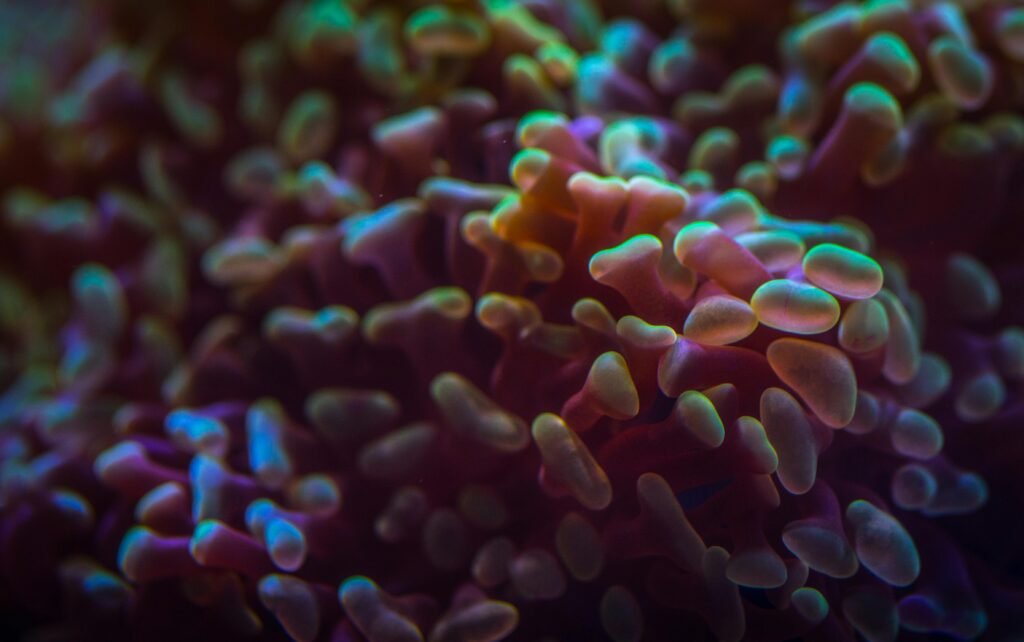Protein Synthesis
Have you ever wondered how your body creates the proteins that are essential for life? In this article, we will delve into the fascinating process of protein synthesis and break it down for you in a friendly and easy-to-understand manner.

This image is property of images.pexels.com.
Understanding Protein Synthesis
Protein synthesis is the process by which cells build proteins, vital molecules that perform a wide range of functions in the body. From the structure of tissues to the regulation of cellular processes, proteins play a crucial role in maintaining our health and well-being.
The Role of DNA in Protein Synthesis
At the heart of protein synthesis is DNA, the genetic material that contains the instructions for building proteins. DNA is composed of four nucleotide bases: adenine (A), thymine (T), cytosine (C), and guanine (G). These bases pair up in a specific manner – A with T, and C with G – forming the building blocks of the genetic code.
Transcription: From DNA to mRNA
The first step in protein synthesis is transcription, where a segment of DNA is copied into messenger RNA (mRNA). This process takes place in the cell nucleus and is carried out by an enzyme called RNA polymerase.
During transcription, RNA polymerase binds to a specific region of DNA called a promoter and begins to unwind the double helix. As it moves along the DNA strand, RNA polymerase synthesizes a complementary strand of mRNA by matching nucleotide bases according to the base-pairing rules.
Once the mRNA strand is complete, it detaches from the DNA and exits the nucleus, carrying the genetic information needed to build a protein.
Translation: From mRNA to Protein
The next step in protein synthesis is translation, where the mRNA strand is decoded by ribosomes to produce a specific protein. Ribosomes are complex cellular structures composed of proteins and ribosomal RNA (rRNA).
Translation begins when the mRNA strand binds to a ribosome, which “reads” the genetic code in groups of three nucleotides called codons. Each codon corresponds to a specific amino acid, the building blocks of proteins.
Transfer RNA (tRNA) molecules then bring the corresponding amino acids to the ribosome, where they are joined together in a specific sequence dictated by the mRNA strand. This process continues until a stop codon is reached, signaling the end of protein synthesis.

This image is property of images.pexels.com.
Protein Folding and Modification
After a protein is synthesized, it undergoes a process called folding, where it acquires its three-dimensional structure. This structure is crucial for the protein to function correctly, as it determines how the protein interacts with other molecules in the cell.
In addition to folding, proteins may undergo various modifications, such as phosphorylation or glycosylation, that can alter their function or stability. These modifications play a key role in regulating cellular processes and signaling pathways.
Protein Synthesis in Action
To help you visualize the process of protein synthesis, let’s use a simple analogy. Imagine a recipe book (DNA) containing instructions for baking a cake (protein).
- First, you need to make a copy of the recipe (transcription), so you write down the instructions on a piece of paper (mRNA).
- Next, you gather all the ingredients (amino acids) and tools (ribosomes) needed to bake the cake.
- As you follow the recipe (translation), you combine the ingredients in the correct order to create the cake batter (protein).
- Finally, after baking the cake (protein folding), you have a delicious dessert ready to be enjoyed.
Just like baking a cake requires precision and coordination, protein synthesis is a highly regulated and intricate process that ensures proteins are produced correctly.

This image is property of images.pexels.com.
Types of Proteins
Proteins are incredibly diverse molecules that come in a wide variety of shapes and sizes, each with its own unique function in the body. Here are some of the different types of proteins and their roles:
| Protein Type | Function |
|---|---|
| Enzymes | Catalyze chemical reactions in the body |
| Structural Proteins | Provide support and shape to cells and tissues |
| Hormones | Regulate various physiological processes |
| Antibodies | Defend against foreign invaders (e.g., viruses) |
| Transport Proteins | Carry substances (e.g., oxygen) throughout the body |
Each type of protein plays a specific role in maintaining the overall health and function of the body, highlighting the importance of protein synthesis in cellular processes.
Regulation of Protein Synthesis
Protein synthesis is a tightly regulated process that allows cells to respond to changes in their environment and metabolic needs. Several factors can influence the rate and efficiency of protein synthesis, including:
- Gene expression: The activation or repression of specific genes can control the production of proteins in the cell.
- Nutrient availability: Adequate levels of amino acids and energy are essential for protein synthesis to occur.
- Hormonal signals: Hormones can stimulate or inhibit protein synthesis in response to physiological cues.
- Cellular stress: Environmental stressors (e.g., heat shock or oxidative stress) can impact protein synthesis and folding.
By regulating protein synthesis, cells can adapt to changing conditions and maintain the delicate balance needed for optimal function.

This image is property of images.pexels.com.
Protein Synthesis and Disease
Disruptions in protein synthesis can have profound effects on cellular function and contribute to the development of diseases. For example, mutations in genes encoding proteins involved in the translation process can lead to genetic disorders such as cystic fibrosis or muscular dystrophy.
Additionally, abnormalities in protein folding and modification can result in the accumulation of misfolded proteins, a hallmark of neurodegenerative diseases like Alzheimer’s and Parkinson’s.
Understanding the mechanisms of protein synthesis and how they can go awry in disease is crucial for developing targeted therapies to restore normal cellular function.
Protein Synthesis Research
Scientists continue to investigate the intricacies of protein synthesis and its role in health and disease. By studying the regulation of gene expression, the structure of ribosomes, and the functions of different types of proteins, researchers hope to uncover new insights into cellular processes and potential therapeutic targets.
Recent advancements in technology, such as high-throughput sequencing and cryo-electron microscopy, have revolutionized the field of protein synthesis research, allowing scientists to explore the molecular mechanisms underlying this essential biological process.
Through collaborative efforts and interdisciplinary approaches, researchers are working towards unraveling the complexities of protein synthesis and harnessing this knowledge to improve human health.

This image is property of images.pexels.com.
Conclusion
In conclusion, protein synthesis is a fundamental biological process that underpins the functioning of every cell in our bodies. From the replication of DNA to the production of functional proteins, this intricate mechanism ensures that our cells can carry out essential tasks and maintain homeostasis.
By understanding the steps involved in protein synthesis, the types of proteins produced, and the factors that regulate this process, we can appreciate the complexity and beauty of molecular biology. Whether you’re a student learning about genetics or a researcher exploring new frontiers in biochemistry, protein synthesis remains a captivating subject that continues to inspire curiosity and discovery.
Next time you enjoy a hearty meal or engage in physical activity, remember that protein synthesis is hard at work behind the scenes, keeping your body healthy and thriving. So, embrace the wonder of this intricate process and marvel at the elegance of nature’s molecular machinery.

